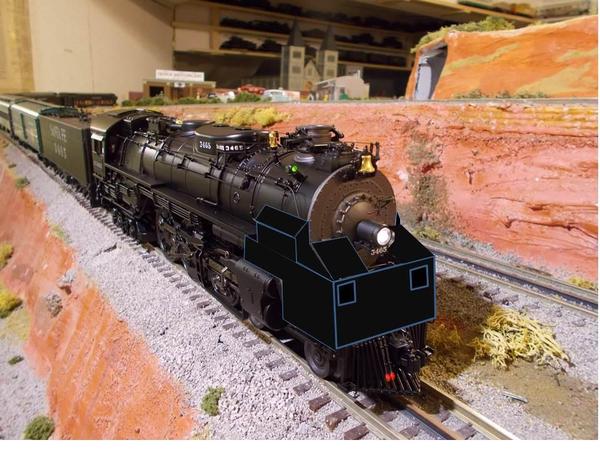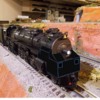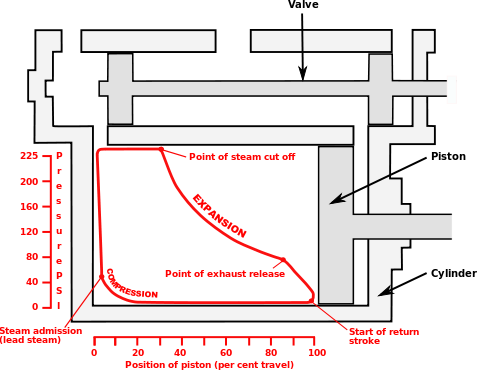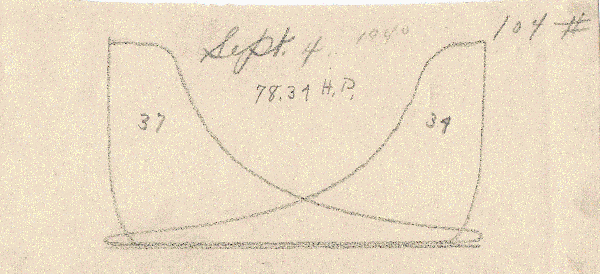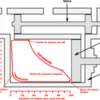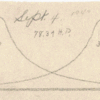On page 233 of Larry Brasher's Santa Fe Locomotive Development, there is a photo of ATSF Northern 3766 with a pilot doghouse mounted during testing on Sept 23, 1938. In deference to the copyrighted nature of Brasher's 2006 book, I am not attaching a copy of that photo, but instead a photo of one of my ATSF Hudsons where I have sketched out what the doghouse looks like and how it is mounted. Apparently an observer and test equipment of some sort rode in it. The photo looks as itf it is made of riveted steel, not wood. The text discusses dynanometer tests and concerns about rail loading.
On page 243 there is another photo from 1939 of ATSF Texas 5007 with one (but clearly not the very same one, a bit different design, mounted in the same place. The text says it housed test equipment during dynanometer runs but does not talk about an observer in that one ( but doesn't say there wasn't).
Did railroads own several of these or just built them as needed? What exactly did they house? As anyone on this forum ever modeled one in O gauge?




